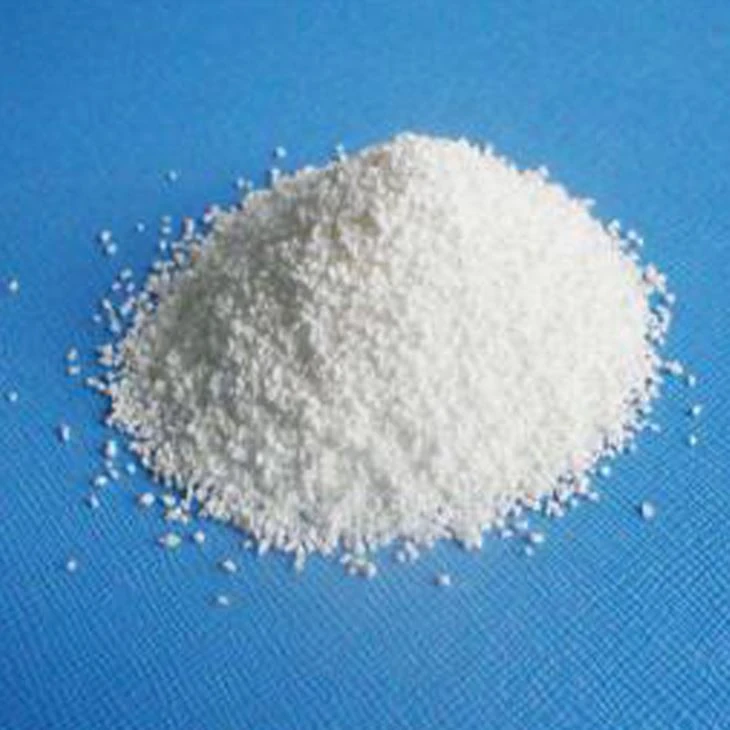



The Role of Caustic Soda in Modern Detergent Formulations and Cleaning Efficiency
The Role of Caustic Soda in Detergents
Caustic soda, scientifically known as sodium hydroxide (NaOH), is a powerful inorganic compound that plays a multifaceted role in various industries, particularly in the formulation of detergents. Understanding its contributions and applications helps us appreciate its significance in maintaining cleanliness in our daily lives.
Chemical Properties and Functionality
Sodium hydroxide is a highly alkaline compound with a strong affinity for water. This characteristic makes it an effective pH regulator in detergent formulations. Detergents need to function optimally across various pH levels, and caustic soda enables this by neutralizing acidic impurities. Moreover, its high solubility in water means it can easily integrate into different detergent formulas, enhancing their overall efficiency.
Sodium hydroxide acts as a surfactant booster. Surfactants are the primary ingredients responsible for breaking down and removing dirt, grime, and stains. By increasing the alkalinity of a detergent solution, caustic soda improves the efficacy of surfactants, allowing them to penetrate and clean surfaces more effectively. This enhancement is particularly important when dealing with greasy or oily stains, which require a stronger chemical approach for effective removal.
Alkalinity and Stain Removal
One of the key advantages of including caustic soda in detergents is its ability to tackle a variety of stains that other cleaning agents may struggle with. The alkaline nature of sodium hydroxide helps to emulsify oils and fats, making it easier for the detergent to lift and rinse away these stubborn substances. This is especially beneficial in commercial cleaning applications, such as in kitchens and manufacturing environments, where grease build-up can be significant.
caustic soda in detergent

Moreover, the high pH of caustic soda creates an unfavorable environment for certain types of bacteria and fungi, contributing to the disinfecting properties of the detergent. This also helps prevent the growth of pathogens on cleaned surfaces, thus promoting better hygiene, particularly in food service and medical facilities.
Environmental Considerations
While caustic soda has proven its effectiveness in cleaning and stain removal, its use does come with environmental considerations. Sodium hydroxide is corrosive, and if not handled properly, can pose risks to human health and the environment. Detergents formulated with caustic soda must be carefully managed to prevent caustic spills that could harm aquatic life or damage surfaces.
As the global community becomes increasingly aware of environmental issues, detergent manufacturers are challenged to balance efficacy with safety. Many are investing in research to develop biodegradable formulations that maintain cleaning power without the adverse effects linked to harsh chemicals. As a result, alternatives to caustic soda are being explored and implemented, while still recognizing the unique utilities that sodium hydroxide provides in cleaning agents.
Conclusion
In summary, caustic soda, or sodium hydroxide, is an essential ingredient in many of today’s detergents due to its capacity to enhance cleaning performance through pH regulation, surfactant activation, and stain removal. However, with great power comes great responsibility. The industry must continue to focus on sustainable practices, ensuring that while we benefit from caustic soda’s unparalleled cleaning abilities, we also protect both human health and the environment.
As consumer awareness and demand for green cleaning products grow, the future may hold new innovations that harness the effectiveness of caustic soda while addressing its potential drawbacks. This evolution will ultimately lead to safer, more environmentally friendly systems that enhance our cleaning processes without compromising our ecosystem. Ultimately, the challenge lies in leveraging the strengths of caustic soda while embracing sustainable practices in the realm of detergent formulation.
-
Why Sodium Persulfate Is Everywhere NowNewsJul.07,2025
-
Why Polyacrylamide Is in High DemandNewsJul.07,2025
-
Understanding Paint Chemicals and Their ApplicationsNewsJul.07,2025
-
Smart Use Of Mining ChemicalsNewsJul.07,2025
-
Practical Uses of Potassium MonopersulfateNewsJul.07,2025
-
Agrochemicals In Real FarmingNewsJul.07,2025
-
Sodium Chlorite Hot UsesNewsJul.01,2025










